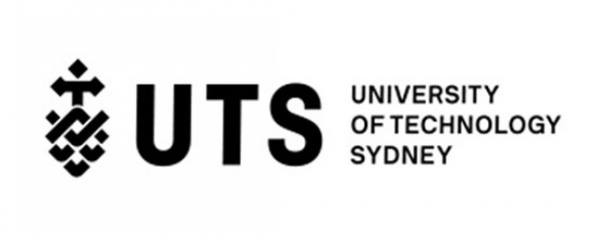UTS Team Addressing the Challenges of Using Diamonds As a Base for Emerging Quantum Technologies

(Phys.org) Diamond has unique properties that make it particularly useful as a base for emerging quantum technologies such as quantum supercomputers, secure communications and sensors.
However there are two key problems; cost, and difficulty in fabricating the single crystal diamond layer, which is smaller than one millionth of a meter.
A research team from the ARC Center of Excellence for Transformative Meta-Optics at the University of Technology Sydney (UTS), led by Professor Igor Aharonovich is addressing these challenges.
“For diamond to be used in quantum applications, we need to precisely engineer ‘optical defects’ in the diamond devices—cavities and waveguides—to control, manipulate and readout information in the form of qubits—the quantum version of classical computer bits,” said Professor Aharonovich.
To overcome the “etching” challenge, the researchers developed a new hard masking method, which uses a thin metallic tungsten layer to pattern the diamond nanostructure, enabling the creation of one-dimensional photonic crystal cavities.
“To the best of our knowledge, we offer the first evidence of the growth of a single crystal diamond structure from a polycrystalline material using a bottom up approach—like growing flowers from seed. It also allows the post-fabrication transfer of diamond devices onto the substrate of choice under ambient conditions. And the process can be further automated, to create modular components for diamond-based quantum photonic circuitry,” he said.
“Our method eliminates the need for expensive diamond materials and the use of ion implantation, which is key to accelerating the commercialisation of diamond quantum hardware” said UTS Dr. Mehran Kianinia, a senior author on the second study.



















